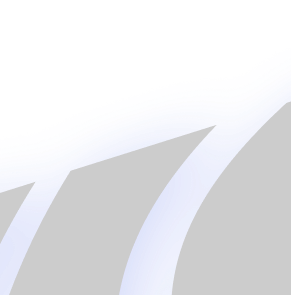With Wimbledon 2018 just around the corner, I wanted to take a look at assessing the dynamics of what it takes to have a successful impact at SW19, with a view to formulating edges in the upcoming tennis tournament.
Starting off, it’s worth discussing the characteristics of Wimbledon, and why it is a rather different Grand Slam event to the other three. Stating the obvious, Wimbledon is played on grass, while the others are played on hard court and clay, and with grass being the quickest surface on the tennis tour, a different skill-set is required to succeed on grass, particularly compared to clay.
Across the ATP Tour in the last three years, 84.2% of grass court service games have been held.
Breaks resulted in a mere 15.8% of games. And this figure fell to 79.4% on hard court and fell further again to 77.0% on clay, aptly illustrating the benefits that playing on grass has to a male player’s serve.
I’ve previously done a lot of work on profiling player tendencies and relating them to court conditions, and I found that big-servers tend to perform better in quick conditions, deriving extra benefit from the court speed to their already strong serve.
Generally speaking, I bracket a big-server as a player who has greater than a 65% difference between their hold and break percentage. So for example, John Isner, one of the highest profile big-servers, has held 93.2% of the time across all ATP events in the last 12 months, and broken 9.9%, generating a difference of 83.3%, and this difference is considerably higher than the minimum threshold for a big-server.
Conversely, I look at players who have a difference of less than 50% to be rather return-orientated. An extreme example of this could focus on Diego Schwartzman, with the diminutive Argentine, who is best suited to clay, holding 74.9% across all surfaces in the last 12 months, and breaking 33.0% – a difference of just 41.9%.
Who thrives on grass
A glimpse into the players who have success at Wimbledon in the past gives us some decent insight into the type of player who thrives in London on grass. Below is a list of players who have made the quarter-finals at SW19 across the last three years:
- Marin Cilic, Andy Murray, Roger Federer (three occasions)
- Novak Djokovic, Milos Raonic, Tomas Berdych, Sam Querrey (two occasions)
- Stan Wawrinka, Richard Gasquet, Vasek Pospisil, Gilles Simon, Lucas Pouille, Jo-Wilfried Tsonga, Gilles Muller (one occasion)
This list of players is not only fascinating, but very useful as well.
The players who have made the quarter-finals every year from 2015 onwards are perennial top ten players with excellent grass court records – Cilic is 29-7 on grass in the last three years, while Federer is 40-6, and Murray is a superb 27-4. All three have combined hold/break percentages over 110%, indicating a top five level at the very least, and very high hold percentages in particular – Murray (88.9%) is the lowest of the trio. This figure is still over 5% over the ATP grass mean, mentioned previously in the article. A strong return is less of a driver – only Murray (27.1%) has a particularly impressive figure.
Holding service games
Of the quartet who made two quarter-finals, we have three top ten regulars in Djokovic, Raonic and Berdych, as well as Sam Querrey. All four have excellent records on grass – even the lower ranked Querrey is 23-12, but crucially again, all have very high hold percentages, with Querrey (89.5%) the lowest, but having a figure well in excess of the ATP average. Break percentage is again less of a driver, with Querrey (15.4%), Berdych (17.9%) and Raonic (13.2%) all around or below the ATP mean.
We can see from these that the real push towards Wimbledon success focuses more on a strong serve than a good return game – the vast majority of these multiple quarter-finalists hold well in excess of 90%.
Looking at the players who made the quarter-finals without being a top ten seed, only Gilles Simon can be described as a return orientated performer. The Frenchman is a rare outlier here, holding just 81.5% on grass in the last three years, and breaking 23.8%. All of the others, with the possible exception of Richard Gasquet – Vasek Pospisil, Lucas Pouille, Stan Wawrinka, Jo-Wilfried Tsonga and Gilles Muller – are serve-orientated to varying degrees, and only Tsonga, who has broken opponents 19.4% on grass across the last three years, can boast return data better than the ATP grass court mean.
This research makes it clear that a strong serve is much more of a useful weapon on grass than a good return game, and bettors at Wimbledon should consider this when getting involved in the markets over the next fortnight.
Check out Cloudbet’s markets for tennis betting over at our sportsbook.







